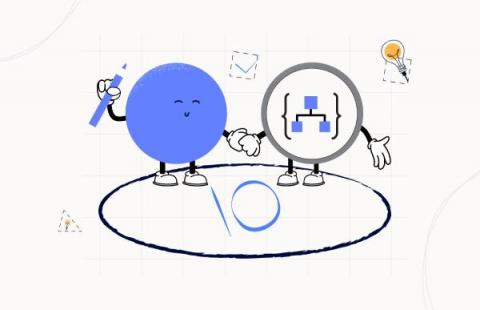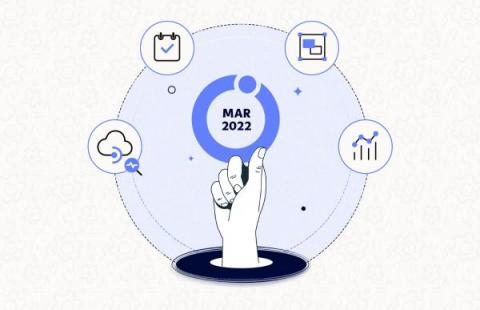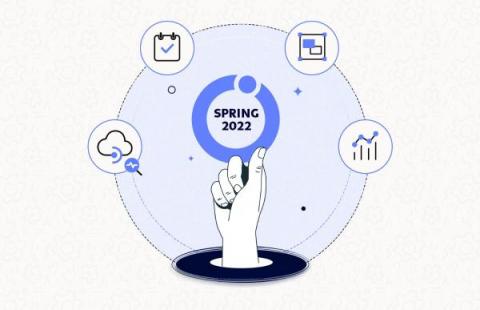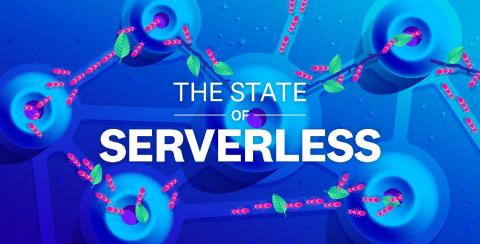Operations | Monitoring | ITSM | DevOps | Cloud
Serverless
The latest News and Information on Serverless Monitoring, Management, Development and related cloud technologies.
Serverless360 BAM with Power Automate
Using the Monitoring Calendar to drive reducing your support overhead
Monitoring Cloud Native Microservices
Today’s modern applications contain a broad set of microservices, with containers and serverless becoming the architectures of choice for many cloud applications. Both architectures facilitate highly scalable systems, and while which approach to take is routinely debated, containers and serverless technologies are being used in tandem more and more.
What's New in Serverless360 - March 2022
What's New in Serverless360 - Spring 2022
The State of Serverless
Updated June 2022. This research builds on the previous edition of this article, which was published in May 2021. Click here to download the graphs for each fact.
Lumigo Receives Frost & Sullivan's Technology Innovation Leadership Award
Since our founding, Lumigo has worked hard to build innovative technology that meets the real-world needs of our customers in a cloud-first world. Today, we’re excited to be recognized for our work in serverless operations and the AI market by the experts at Frost & Sullivan, who have awarded Lumigo with the prestigious Best Practices Technology Award in Europe and Israel.
Serverless vs containers: Which is best for your application?
To keep ahead of the curve, many organizations are looking at how to evolve their technical processes to accelerate their IT infrastructure development. Fast and robust deployments to the latest platforms are key to achieving the low lead times that enable this evolution. Two of the most widely-used technologies to host these deployments are serverless functions and containers. What are they, how do they differ, and how do you decide which is best for your application?
Lumigo + JetBrains
Lumigo uses IntelliJ IDEs everywhere. The back-end developers love their PyCharm and us frontend developers use WebStorm all the time. No doubt that it’s one of the most popular IDE’s out there. One of the perks at Lumigo is that as employees, we can use 10% of our working time to invest in personal projects or do cool things for self-development and innovation.











